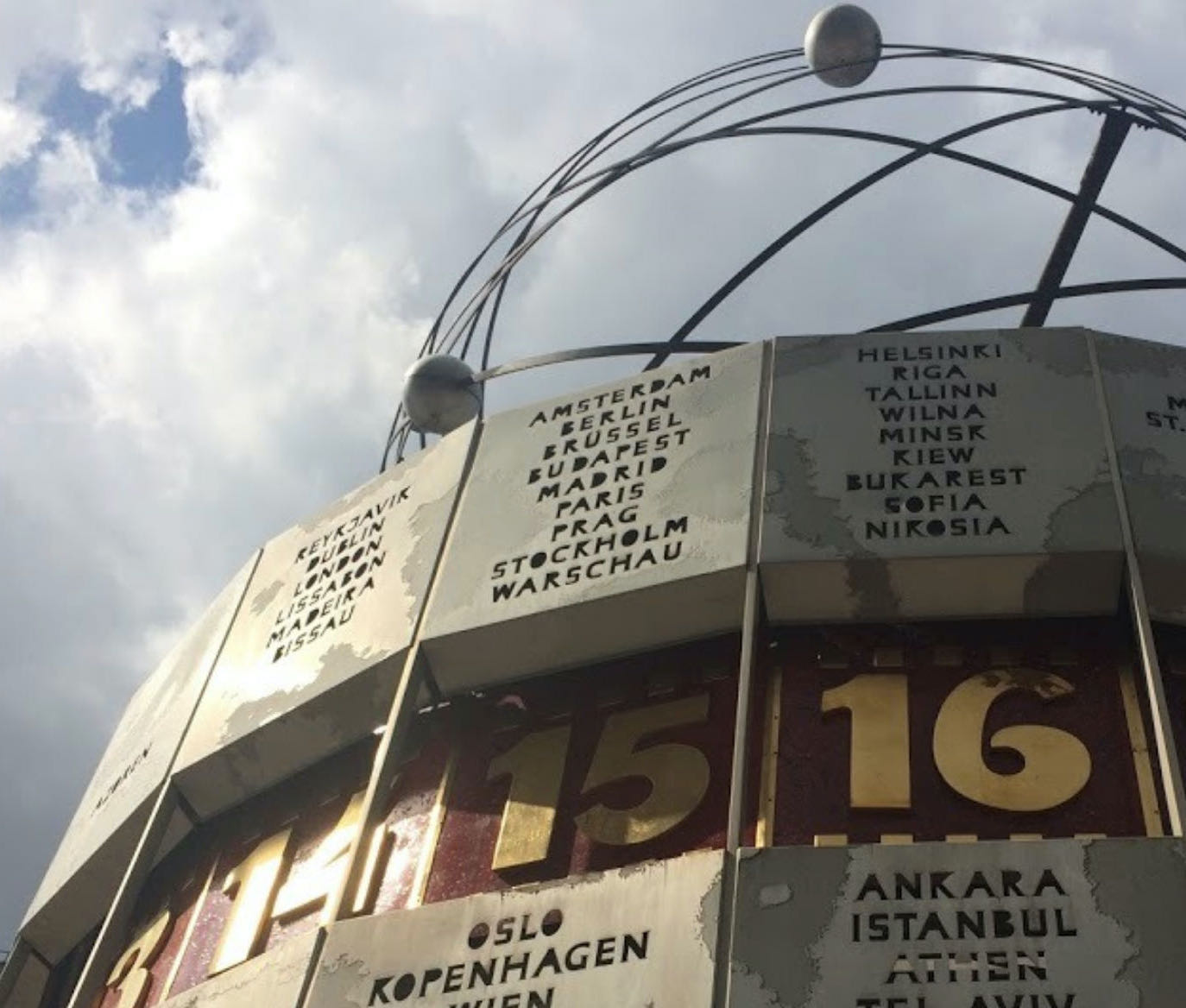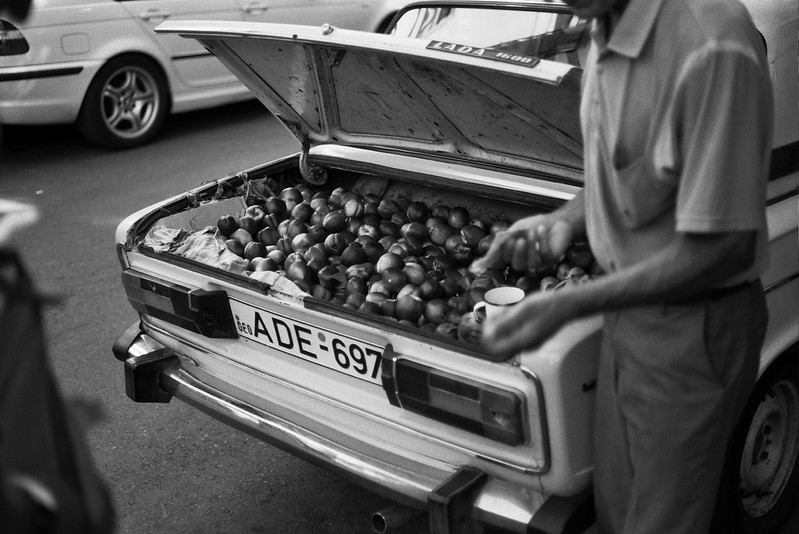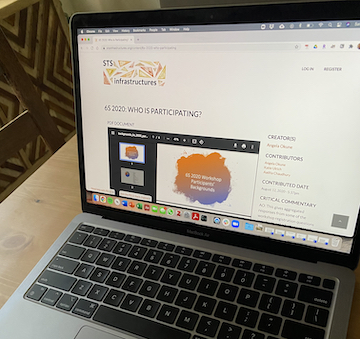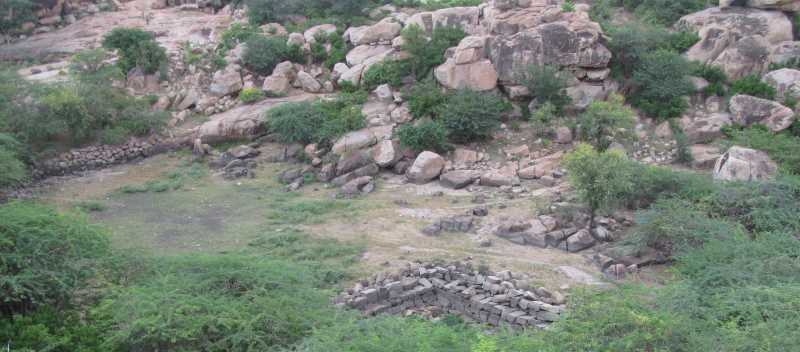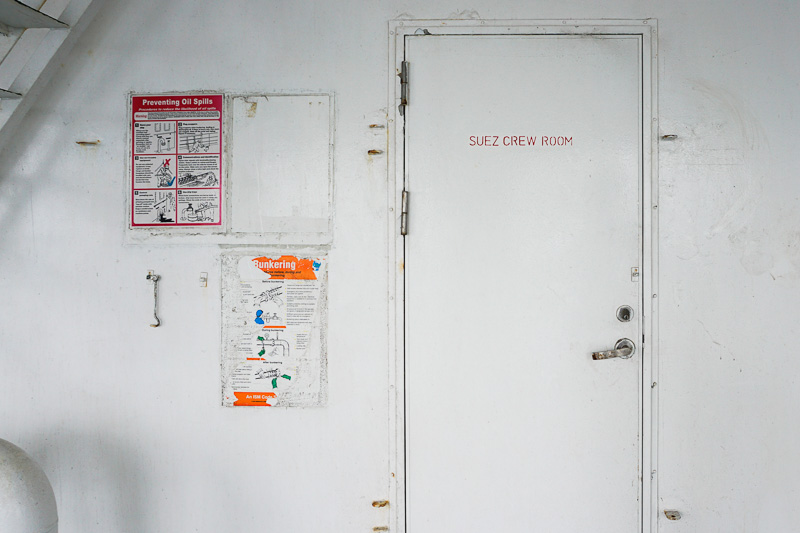
Cargo Ships and Comrades: On the Occasion of the Beached Ever Given
In 2018, we took a cargo ship from Barcelona to New York City and made a short film called Slop Chest about the blurry distinction between work and leisure when you live where you work—and can’t leave. Here, we describe some of our experiences on board, drawing resonances between the labor practices in international shipping and in Amazon’s warehouses. Writing while the cargo ship Ever Given is blocking all trade through the Suez Canal and while Amazon employees in Bessemer, Alabama, are preparing to count votes in favor of unionization, we speculate about how these two events resonate. What are contours of this conjuncture? There are three separate crews on board our ship: the officers, the engineers, and the deck crew who are responsible for maintaining the ship and keeping watch. The captain is Polish and the officers are similarly white and eastern European. The engineers are mostly the same, (read more...)

